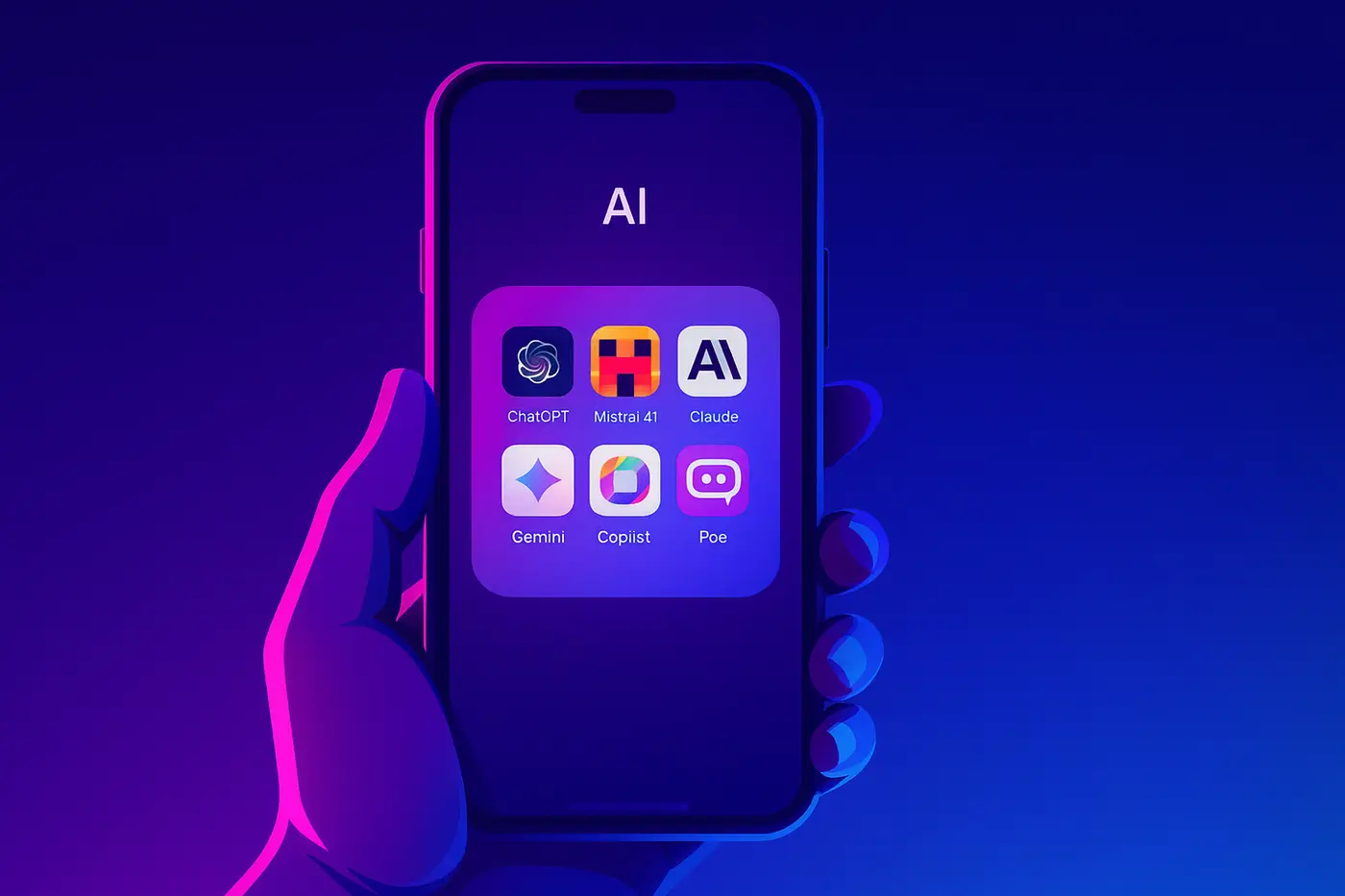Glossary - Generative AI
GenAI is a paradigm shift in technology that enables computers to generate original material such as text, pictures, sound, and so on. Born out of original computational ideas, the field has developed rapidly, pushing tools to enable routine work and paradigm-shifting breakthroughs across industries.
What is Generative AI?
Generative AI, or GenAI, is artificial intelligence that produces fresh material based on patterns of existing data. It can be given basic inputs and deliver results like articles, artwork, or code, as an intelligent creative tool.
How Does Generative AI Work?
The process begins with big data processing to uncover structures and patterns. Sophisticated models, such as competing neural networks or techniques involving introducing and optimizing noise, generate new material in a step-by-step manner. As the system gets feedback, it improves to give better results.
Key Features
GenAI is particularly good at managing varied inputs and outputs, incorporating aspects such as text and images with ease. It generates very realistic and detailed material while providing customized output based on individual requirements. The technology is efficient, working around the clock without any stoppage, and is flexible in the sense that it replicates styles or fills in incomplete data accurately.
Benefits
Removing mundane activities, the tool streamlines operations and liberates valuable time. It reduces the cost of content creation and data analysis and generates innovative ideas and solutions. The technology enhances decision-making based on informed insight, offers personalized experiences to customers, and facilitates real-time operation, making it invaluable for top-end applications like scientific research.
Use Cases
The technology accelerates drug development and assists with the interpretation of medical images in medicine. Finance benefits from identifying fraud, providing personalized recommendations, and automated reporting. Retail uses it for ad tracking and customer service robots. Software developers use it to assist with coding and debugging code, and entertainment uses it to generate music, edit videos, and create graphical layouts.
Types of Generative AI
GenAI types are classified based on three general criteria: their algorithmic architecture, the data processing mechanism they employ, and the specific output or application they are designed for.
Generative Adversarial Networks (GANs)
Use opposing networks to generate real-world images or videos.
Variational Autoencoders (VAEs)
Tighten and remake data for editing or redesigning.
Diffusion Models
Generate high-quality content by denoising noisy data, ideally suited to imagery.
Sequence Models
Its main strength lies in generating text or ordered data, such as stories or code.
Multimodal Models
Support more than one type of data (e.g., text and pictures) or exist independently.
How to Choose the Right One
The right solution requires due diligence to select. Start by defining the issue or task to resolve. Verify access to sufficient, quality data for training and determine available resources, such as budget, computing power, and technical skill. Scalability is key, so pick a system that will grow with your needs. Adherence to fairness and privacy regulations is a top consideration, and solutions need to be tested for seamless integration with existing systems. Staying knowledgeable about emerging capabilities in multimodal processing or advancements in ethical AI can inform your decision to a future-proofed option.
